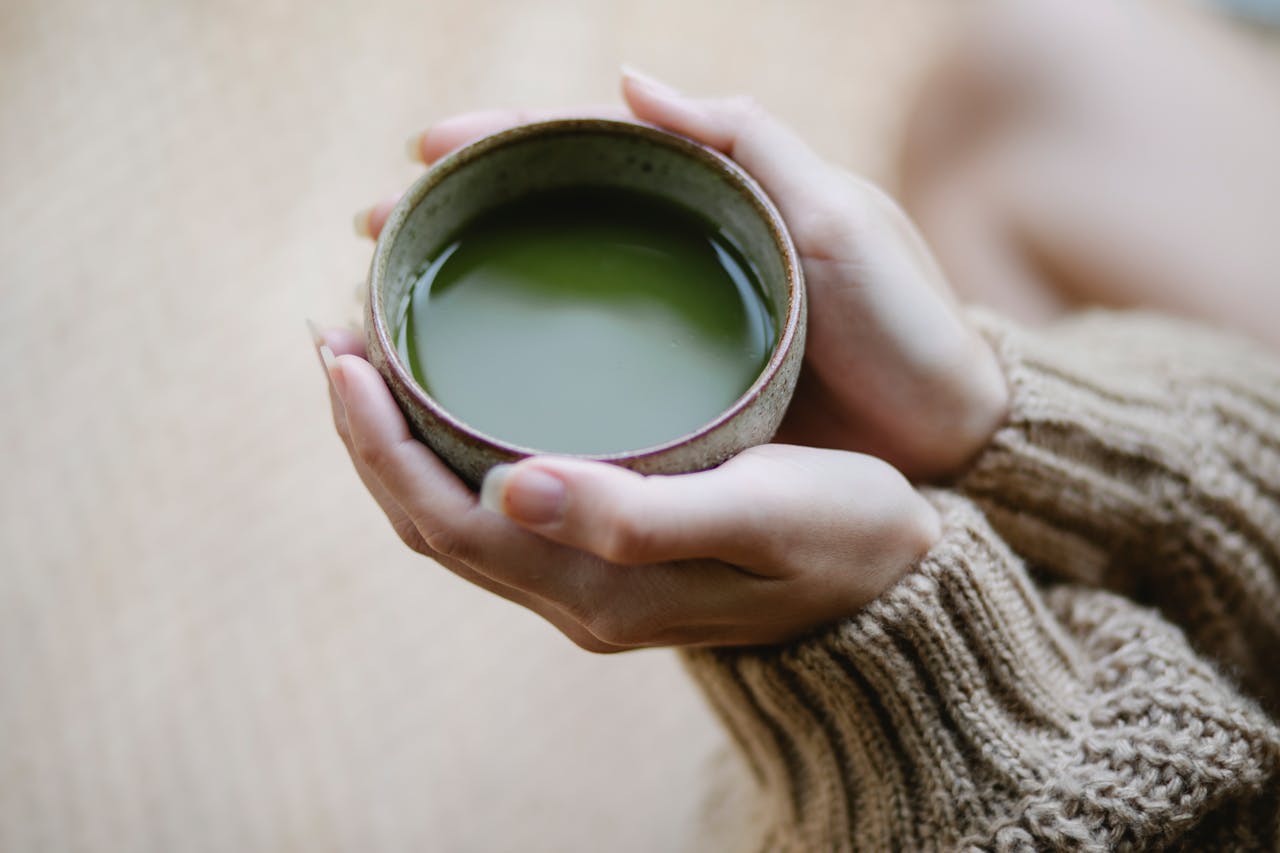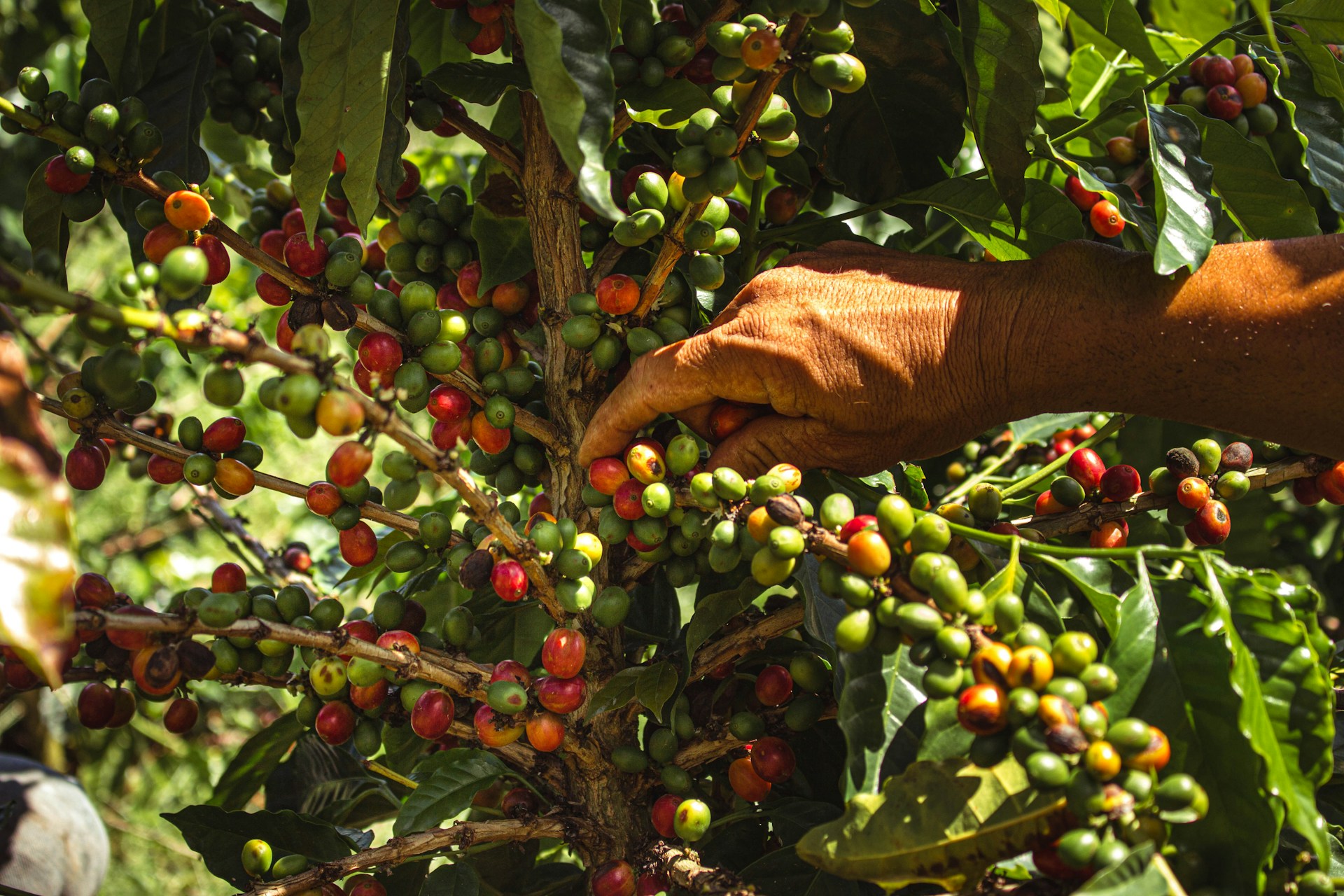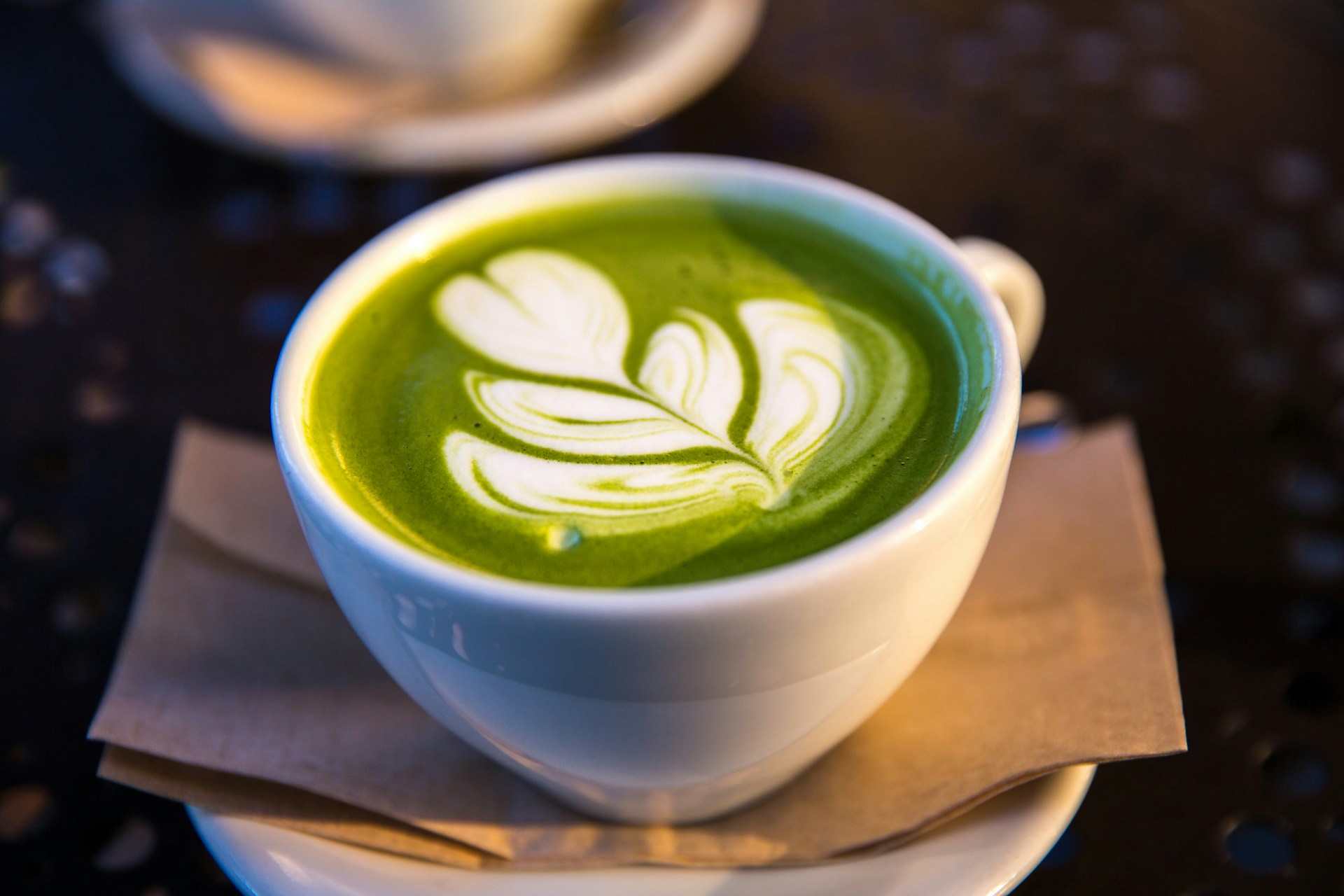Matcha green tea has steadily gained popularity in the UK in recent years. But as with coffee, there is no one size fits all when it comes to matcha products. In the West, matcha is often discussed in terms of ‘grade’, but what does this actually mean, and how is it used to categorise different types of tea?
What is Matcha?
Matcha is Japanese green tea that’s made from powdered, shade-grown tea leaves. Unlike other forms of tea, where the leaves are steeped in water, matcha powder is whisked into water, meaning you consume the whole leaf.
Matcha is known for having a high antioxidant content, making it a popular health-conscious option. It tends to have a bright, grassy taste, although the complexities of flavour can vary quite a bit depending on the quality of the tea, how it’s been grown and how it’s prepared.
What are the Different Grades of Matcha?
In Japan, matcha is not typically graded, but is assessed on an individual basis for its unique characteristics like taste, texture, cultivar and colour. The different grades you’ll find are largely a Western invention used to categorise tea by usage and perceived quality. The grades you’ll come across generally include:
- Ceremonial grade matcha
- Daily grade matcha
- Culinary grade matcha

What Does Ceremonial Grade Matcha Mean?
While not regulated by any governing body or reflected in an authentic Japanese grading system, most people understand the term ‘ceremonial grade matcha’ to be a marker of quality.
Matcha labelled as ceremonial grade is usually a high-quality tea made from young, first-harvest tea leaves. It has a very vibrant green colour (often brighter and deeper than other matcha grades) due to the leaves’ high chlorophyll content.
It typically has a sweet, fresh flavour with earthy, umami hints and a smooth texture. Daily grade matcha, also known as premium or traditional grade, is considered to be slightly less sweet, yet not as bitter as culinary grade matcha.
Many prefer to enjoy ceremonial grade matcha in its purest form – i.e. whisked into hot water without any extra additions or sweeteners. However, due to its high quality and delicate depth of flavour, some coffee shops and cafes will also choose to use ceremonial grade matcha in matcha lattes and other green tea drinks on their menu.

What is the Difference Between Ceremonial & Culinary Matcha?
While ceremonial and daily grade matcha are relatively similar in terms of usage, the differences between ceremonial and culinary matcha are more distinct.
Use
Ceremonial grade is primarily used for drinking, often just with water. As the name suggests, culinary grade matcha is more suitable for use in baking and cooking.
Flavour
Ceremonial matcha has a nicely balanced flavour with richly complex notes of sweetness, earthiness, umami and a distinctive green freshness. Culinary matcha usually has a bolder, more bitter flavour that can stand out against other ingredients.
Colour
Ceremonial matcha has a very rich, vibrant green colour, while culinary grade is usually a slightly duller, less powerful green. These differences in colour are evident in powder form and the final drink or product.
Texture
Ceremonial matcha tends to have a very fine texture, which produces smooth, silky drinks. Culinary matcha often has a coarser, grittier texture.
Production
Ceremonial matcha is made from young, first-harvest leaves that have been shade-grown for longer periods, providing that deep green colour and delicate, fresh taste. Culinary matcha is made from leaves harvested later in the season, so they have been exposed to more sunlight, which provides that more robust, bitter flavour.

Is Ceremonial Matcha Better?
There is a common misconception that ceremonial grade matcha is inherently better than other forms of the tea. This is not necessarily the case, as, while culinary matcha may have different qualities (some of which are less desirable in a cup of matcha tea), it has generally been specifically cultivated for use in cooking and various recipes, so it is more suited to that than drinking as tea.
So while ceremonial matcha may be better for drinking, it is not always an automatic indicator of superior quality. With increased options on the market, you may come across poor quality ‘ceremonial grade’ matcha and fantastic quality culinary matcha and vice versa.
Ceremonial grade matcha that uses only the best first-harvest leaves (without blending it with later-harvested leaves to keep costs down) will be of better quality.
Can You Drink Culinary Grade Matcha?
While you can drink culinary grade matcha, remember it’s not really intended to be enjoyed like this, so it likely won’t taste as good as a matcha powder that has been produced to be drunk as a typical cup of tea. Ultimately, it’s better to drink ceremonial grade matcha rather than culinary grade even if it might be more expensive.

Does Ceremonial Matcha Have Caffeine in it?
Another common question concerns the caffeine content of ceremonial matcha. All matcha, including ceremonial grade, contains caffeine. The exact amount can depend on the cultivar, the freshness of the leaves and the water temperature.
As you might expect, ceremonial matcha usually has more caffeine than an equal amount of culinary matcha due to the first-harvest tea leaves naturally containing more caffeine and L-theanine.
You can find out more in our deep dive exploring the caffeine content of matcha versus coffee.
Matcha at Esquires
All of our coffee franchises proudly use high-quality ceremonial grade matcha for the ultimate matcha experience.
New to matcha? Why not pop into your local Esquires store to try our beloved vanilla matcha latte, a new favourite on the classic coffee shop menu!






